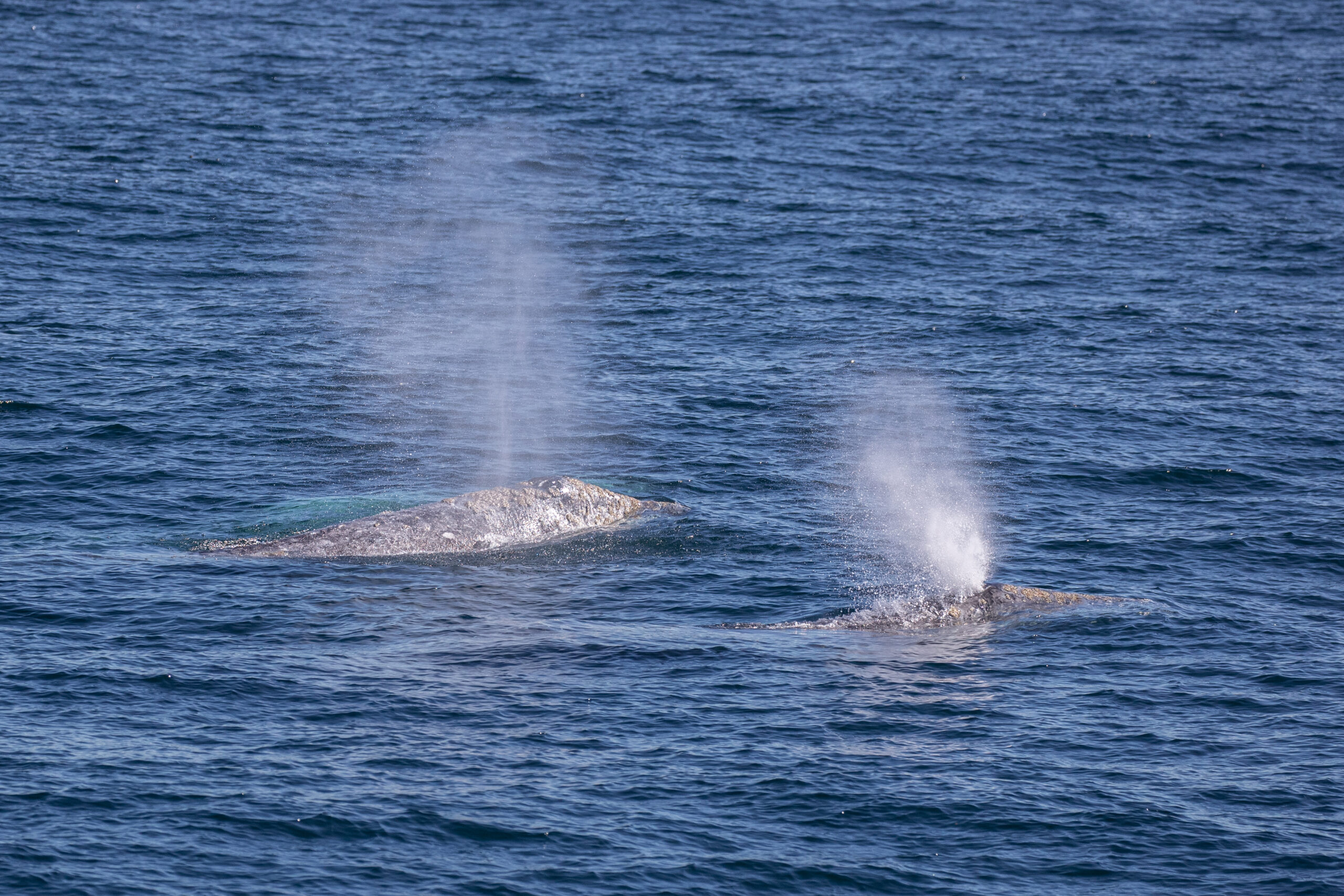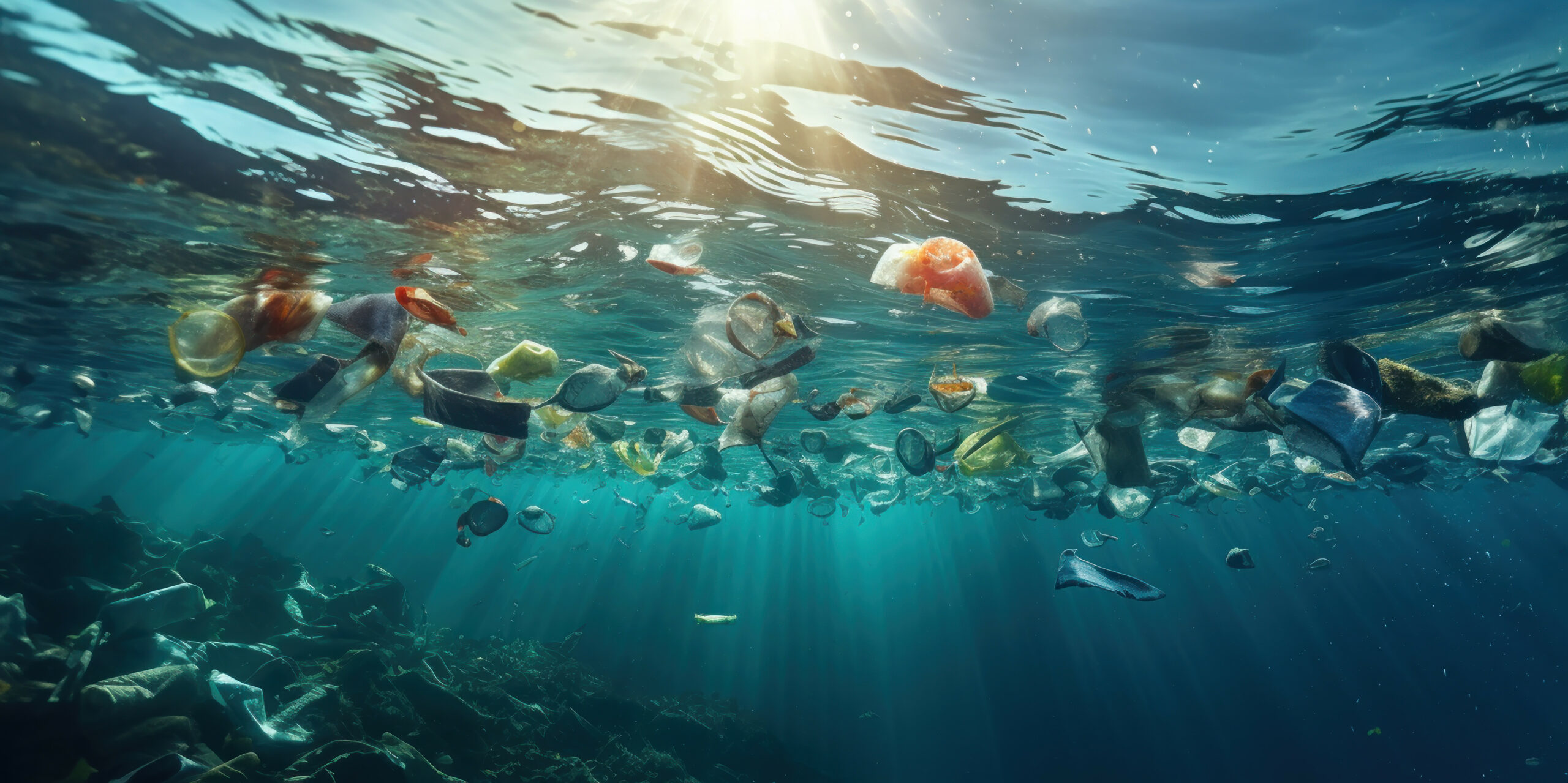
By – Amy Knight, Climate Change and Social Impact Scientist. UCSD
It’s already December, and to me that can only mean one thing: the annual gray whale migration is underway. Having already cruised past the cooler waters of Washington and Oregon’s coastlines, tens of thousands of our barnacle-encrusted friends are headed straight for San Diego and the warmth of Baja California. Like countless migrations before it, the success of this year’s journey will depend on a delicate balance of timing, instincts, and the right ocean conditions.
Around this time, I like to think of the backbone of this migration, the pregnant gray whale. Each fall, grays head to the warm and shallow waters of Baja California to mate and give birth to their calves. Each whale’s journey is important, but in December pregnant gray whales have already begun the epic undertaking.
Instead of feasting over the winter holidays like us, gray whales eat enormous amounts of food over the summer. In the northern oceans, food is plentiful after the sea ice melts and sunlight causes dormant phytoplankton to bloom, forming the base of the food chain for what gray whales eat. In the winter, less sunlight and more ice sends life into hibernation. However, gray whales do not travel south in search of food. A mother-to-be on her way to San Diego might not have eaten for over two months, and it is likely she will not eat again until she is back in the summer abundance of the Arctic. Grays are baleen whales, which means they push seawater through their mouth to filter and eat tiny organisms like small crustaceans and worms. Since they don’t have teeth, fish is usually not on the menu. For the most part, the diets of gray whales are not adapted to the type of food available in San Diego.


After the calf is born and spends some time in the warm lagoons of Mexico, it stays close to its mother. Remarkably, it survives the 12,000 mile journey home by drinking nearly 50 gallons a day of her nutrient-rich milk. But survival is not guaranteed. Hoping to stay clear of roaming orca pods, the pair hugs the shoreline to find refuge in shallow water, using kelp forests as protection. These sightings are always my favorite. In late March or April, it’s not uncommon to see a mother and calf from the beach in San Diego! Look for two heart-shaped blows on the horizon, and wish them well.
New mothers complete the annual migration having put everything on the line. Close to starving and weary from protecting her calf, the mother desperately needs food. Luckily, it is already late spring, and her instincts are timed just right. She returns to an Arctic in full plankton bloom, and a vast abundance of food to refuel for the next year’s journey. I can’t wait to share the waters of San Diego with her once again.
By: Ocean Connectors
Here at Ocean Connectors, we teach underserved communities in National City, California, and Nayarit, Mexico about our shared waters and the migratory marine species that inhabit them. During our Whale Exploration field trips, 5th-grade classes go whale watching and learn about different species and their migration patterns. Often, gray whales make an appearance and create unforgettable memories for our students. We hope these impactful experiences inspire them to be future environmental stewards intent on protecting our oceans.




